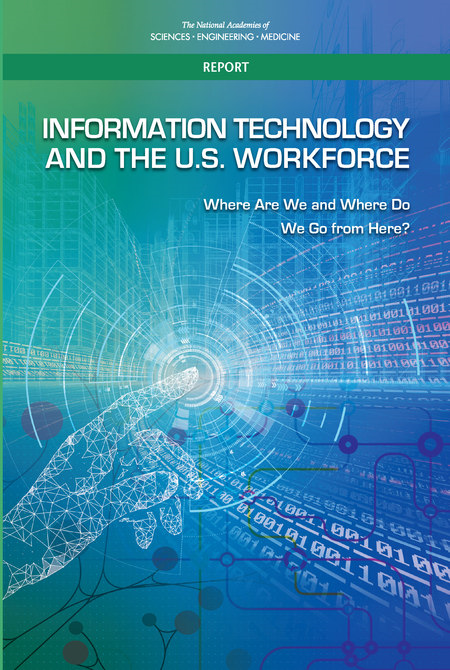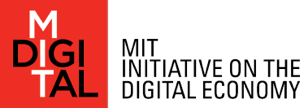
In these unprecedented times of rapid-pace technology developments such as AI and machine learning, new tools are needed to measure their impact on society and the economy. That’s one conclusion drawn from a detailed report published April 13 by the U.S. National Academies of Sciences, Engineering, and Medicine (NASEM). Based on a 2015 meeting of 13 expert economists and computer scientists, the 184-page report, Information Technology and the U.S. Workforce: Where Are We and Where Do We Go from Here? details the impact of information technology on the workforce over the next 10–20 years when technology will affect almost every occupation.
In an article published the same day as the report in the journal, Nature, committee co-chairs, Erik Brynjolfsson, MIT IDE Director and Sloan School Professor, and Tom M. Mitchell, E. Fredkin University Professor at Carnegie Mellon University, said that “policymakers are flying blind” into the technological future. “There is a remarkable lack of data available on basic questions, such as: What is the scope and rate of change of the key technologies, especially artificial intelligence (AI)? Which technologies are already eliminating, augmenting, or transforming which types of jobs? What new work opportunities are emerging, and which policy options might create jobs in this context?”
This is troubling, they write, because “at best, this paucity of information will lead to missed opportunities. At worst, it could be disastrous. If we want to understand, prepare for and guide the unpredictable impacts of advancing technology, we must radically reinvent our ability to observe and track these changes and their drivers.”
As a remedy, Brynjolfsson and Mitchell call for “the creation of an integrated information strategy to combine public and privately held data. This would provide policymakers and the public with ways to negotiate the evolving and unpredictable impacts of technology on the workforce. Building on this, we call for policymakers to adopt an evidence-based ‘sense and respond’ approach, as pioneered by the private sector.”
Also read about the report in this New York Times article and in Financial Times here.
